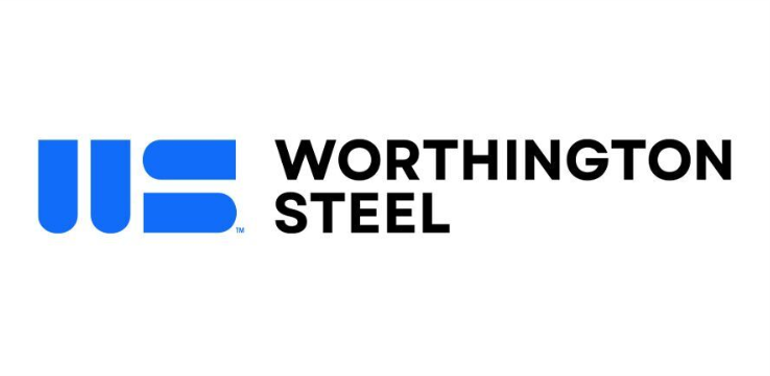Service Centers

Steel Buyers Remind SMU, “It’s Not 2008/2009”
Written by John Packard
February 17, 2015
“It’s not 2008 or 2009.” We heard this from trading companies, steel service centers and mills during the Port of Tampa Steel Conference this past week. This week we are hearing similar comments as we make our rounds talking to those active in the industry.
Prices have been collapsing but there does not appear to be a panic amongst buyers of steel. They point to a respectable demand scenario in the United States and prefer to concentrate on the positives associated with the market and not the negatives. Negatives that buyers attribute to unbalanced inventories at the service centers and the rapid rise in the value of the U.S. dollar which has plagued commodities such as iron ore, coal, oil, scrap and now steel.
This is not to say that the steel service centers are getting pressure from their end user customers. Today we are going to concentrate on conversations held with secondary steel (non-prime) service centers in the Great Lakes region of the U.S.
One Chicago based service center told us that there has been a “huge hesitation” on behalf of his customers which were mostly involved with secondary steels. He told us that the hesitation to buy is one would expect after a $100 drop in scrap pricing. “However,” he said, “…there was a good bit of that change built into the number. Prices are close to where they were in December.”
He went on to ask, “What is wrong with this picture? It’s not ’09. Every part of our economy is going north [getting better]. Service centers are over-inventoried and the spot market will get a little feisty over the next 60 days. Over the next 60 days inputs and imports should stabilize. Consumption should rise. So, what is wrong with this picture? I think this [market price erosion] is a way over-reaction and it should snap back vigorously in the next 60 to 90 days.”
A second secondary steel service center told us that prices were down only because people need to move steel and create cash flow. We were told, “When people are having to buy steel for orders the secondary prices are higher than prime.”
He went on to tell us that their volumes were steady as demand remains good. “Over the past week we decided to stop lowering our numbers and chasing the spot market down. A number of our customers are pushing hard for us to go lower. As long as we get last look we will continue to get our share of orders.”
Steel Market Update asked about foreign prime and how it was impacting the secondary markets. We were told that the secondary service centers are using Chinese and Italian prime in place of secondary, or mixing it with secondary, since the prices were so cheap. However, when the steel came in late they had to go into the spot market themselves to cover orders and now they have this over-hang of foreign cold rolled.
We asked about the drop in scrap prices and what impact that was having on the secondary markets. Most of the answers we received from the secondary steel service centers were secondary mill buy numbers, which were remaining fairly consistent and not dropping like you would think they would. “The mills didn’t make adjustments when scrap pricing dropped. They didn’t have to [as there are buyers willing to pay the existing price levels].”
We were told the weakest product, even in the secondary markets, is hot rolled. “Hot rolled prices are dismal,” one distributor confided in us, “If someone needs it we can sell it for $32.95/cwt [processed]. If they are buying for stock I am lucky to get $22.95/cwt…”
Even so, we were told that business was still moving, “The wheel is still turning,” as one Great Lakes area distributor put it. Its not 2009 or 2009 and these prices will bounce back at some point this year.

John Packard
Read more from John PackardLatest in Service Centers

Olympic opens new Houston facility for Action Stainless unit
Olympic Steel has opened a new facility in Houston to support its Action Stainless business.

Worthington Steel sees demand improvement after earnings slump
Lower volumes and steel prices dampened Worthington Steel’s profits, but market momentum is building, the metals processor said in its most recent quarterly earnings report.

Galvanized buyers see strong demand, but uncertainty lingers
Demand is up, but tariffs raise concerns

Olympic taps Zito for new VP of development role
Cleveland-based Olympic Steel Inc. has promoted Scott M. Zito to the newly created role of vice president of business development. Zito has been with the company for more than 40 years.

Worthington Steel and Samuel to close Cleveland coil processing JV
Worthington Steel confirmed it is closing the Worthington Samuel Coil Processing (WSCP) facility in Cleveland. WSCP is a joint venture between Worthington Steel and Oakville, Ontario-based Samuel, Son & Co.
